Growth of the Publishing Industry
The Bookbinding Material Market is closely linked to the growth of the publishing industry. As the demand for printed materials continues to rise, so does the need for high-quality bookbinding materials. Recent statistics indicate that The Bookbinding Material Market is expected to reach a valuation of over 400 billion dollars by 2026, which directly influences the bookbinding sector. This growth is driven by an increase in self-publishing, educational materials, and specialty books, all of which require durable and aesthetically pleasing binding solutions. Publishers are increasingly seeking innovative materials that enhance the visual appeal and longevity of their products. Consequently, the expansion of the publishing industry is anticipated to propel the demand for bookbinding materials, thereby fostering growth within the Bookbinding Material Market.
Increased Focus on Educational Materials
The Bookbinding Material Market is witnessing an increased focus on educational materials, which is driving demand for high-quality binding solutions. With the rise of e-learning and digital resources, there remains a strong need for printed educational materials, such as textbooks and workbooks. Recent reports indicate that the educational publishing market is projected to grow significantly, with a substantial portion of this growth attributed to the demand for durable and well-bound materials. Educational institutions are increasingly investing in high-quality printed resources to enhance learning experiences. This trend is likely to result in a sustained demand for bookbinding materials that can withstand frequent use and provide longevity. Consequently, the emphasis on educational materials is expected to contribute positively to the growth of the Bookbinding Material Market.
Rising Demand for Eco-Friendly Materials
The Bookbinding Material Market is experiencing a notable shift towards eco-friendly materials. As consumers become increasingly aware of environmental issues, there is a growing preference for sustainable options. This trend is reflected in the rising demand for recycled paper, biodegradable adhesives, and organic fabrics. According to recent data, the market for eco-friendly bookbinding materials is projected to grow at a compound annual growth rate of approximately 8% over the next five years. Manufacturers are responding by innovating and developing new materials that align with sustainability goals, thereby enhancing their market position. This shift not only caters to consumer preferences but also aligns with regulatory pressures aimed at reducing environmental impact. Consequently, the emphasis on sustainability is likely to drive growth in the Bookbinding Material Market.
Technological Advancements in Production
Technological advancements are playing a pivotal role in shaping the Bookbinding Material Market. Innovations in production techniques, such as digital printing and automated binding processes, are enhancing efficiency and reducing costs. These advancements allow manufacturers to produce high-quality materials at a faster pace, meeting the increasing demand from publishers and consumers alike. For instance, the integration of laser cutting technology has improved precision in bookbinding, resulting in better quality products. Furthermore, the adoption of software solutions for inventory management and supply chain optimization is streamlining operations. As a result, companies that leverage these technologies are likely to gain a competitive edge in the market. The ongoing evolution of technology in the bookbinding sector suggests a promising future for the Bookbinding Material Market.
Customization Trends in Consumer Preferences
Customization is emerging as a significant trend within the Bookbinding Material Market. Consumers are increasingly seeking personalized products that reflect their individual tastes and preferences. This trend is particularly evident in the rise of custom-bound books, where consumers can choose materials, colors, and designs that resonate with their personal style. Market data suggests that the demand for customized bookbinding solutions is growing at a rate of approximately 10% annually. This shift is prompting manufacturers to offer a wider range of options, including unique textures and finishes. As a result, companies that can provide tailored solutions are likely to capture a larger share of the market. The emphasis on customization not only enhances consumer satisfaction but also drives innovation within the Bookbinding Material Market.


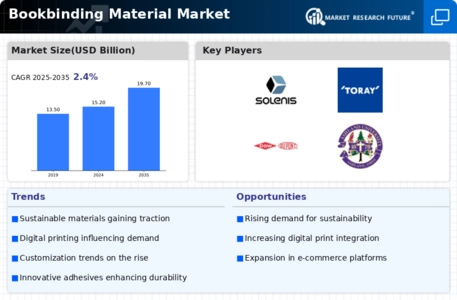
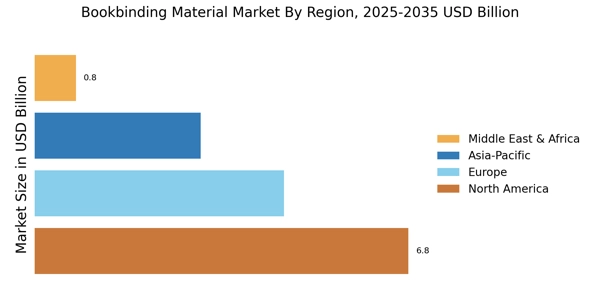
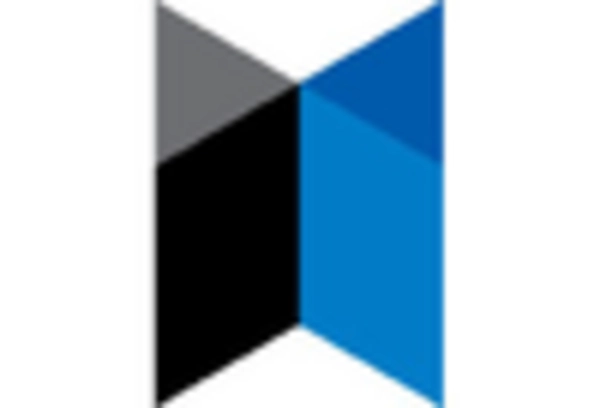
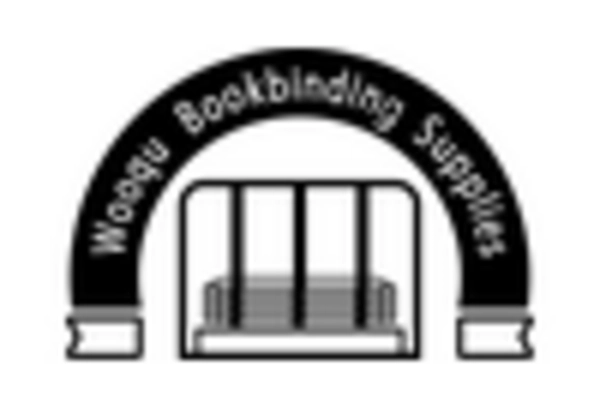
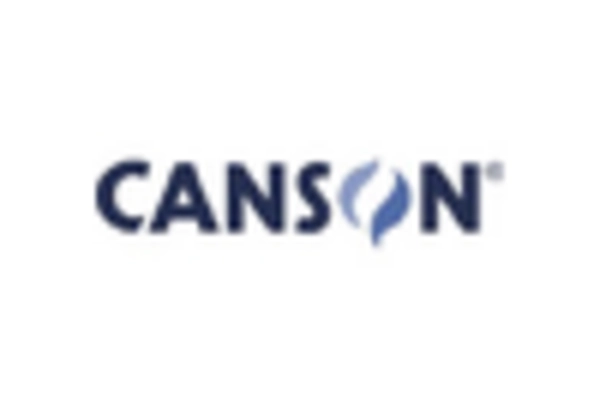
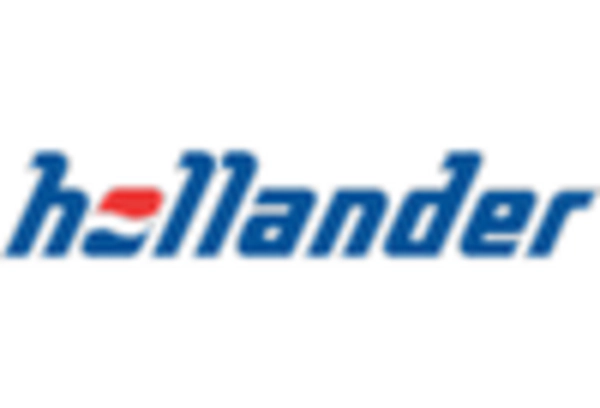
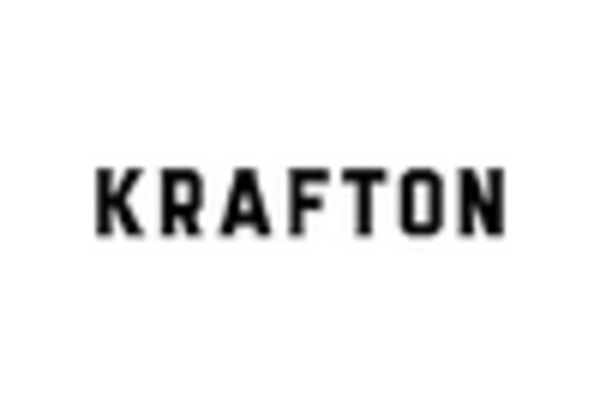
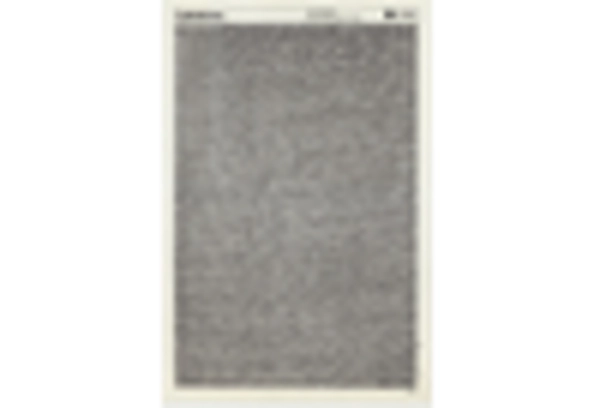








Leave a Comment